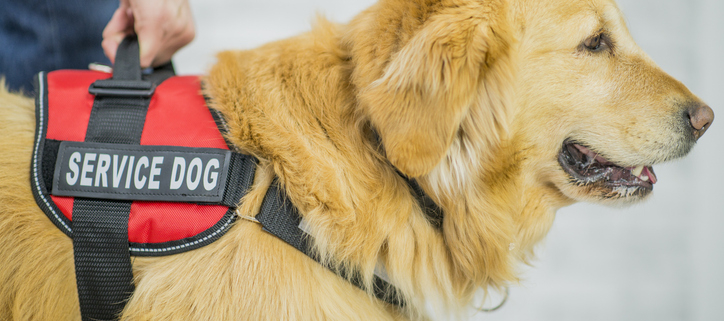Identifying Fake Service Dogs: Ensuring Integrity in Public Spaces
The presence of service dogs in public spaces is vital for individuals
with disabilities to navigate the world with independence and support.
However, the increasing prevalence of fake service dogs misrepresents
the role these specially trained animals play and undermines the
rights of legitimate service dog handlers. The public needs to be
aware of the signs of a fake service dog to uphold the integrity of
the service animal community.
Firstly, legitimate service dogs undergo extensive training to perform
specific tasks that assist their handlers with disabilities. Fake
service dogs, on the other hand, often exhibit disruptive or
inappropriate behavior, such as excessive barking, jumping, or
aggressiveness towards people or other animals. A well-trained service
dog is typically calm, focused, and obedient, maintaining a
professional demeanor in public settings.
Secondly, genuine service dogs are trained to wear specialized gear,
such as vests or harnesses, that identify them as working animals.
However, fake service dogs may lack proper identification or wear
unofficial gear obtained online without certification. Additionally,
legitimate service dogs are usually accompanied by their handler, who
can provide documentation or verbal confirmation of their animal’s
training and purpose.
Lastly, it’s important to understand the laws surrounding service
animals in public spaces. In many countries, including the United
States, the Americans with Disabilities Act (ADA) defines service dogs
as working animals trained to perform specific tasks for individuals
with disabilities. These dogs are granted legal protections to
accompany their handlers in all areas where the public is allowed.
However, fake service dogs do not have the same legal rights and may
be asked to leave if they exhibit disruptive behavior or lack proper
documentation.
In conclusion, the proliferation of fake service dogs poses challenges
for individuals with disabilities who rely on these animals for
assistance. By educating the public on how to spot a fake service dog
and understanding the laws that protect legitimate service dog
handlers, we can uphold the integrity of the service animal community
and ensure equal access for all individuals with disabilities in
public spaces.



